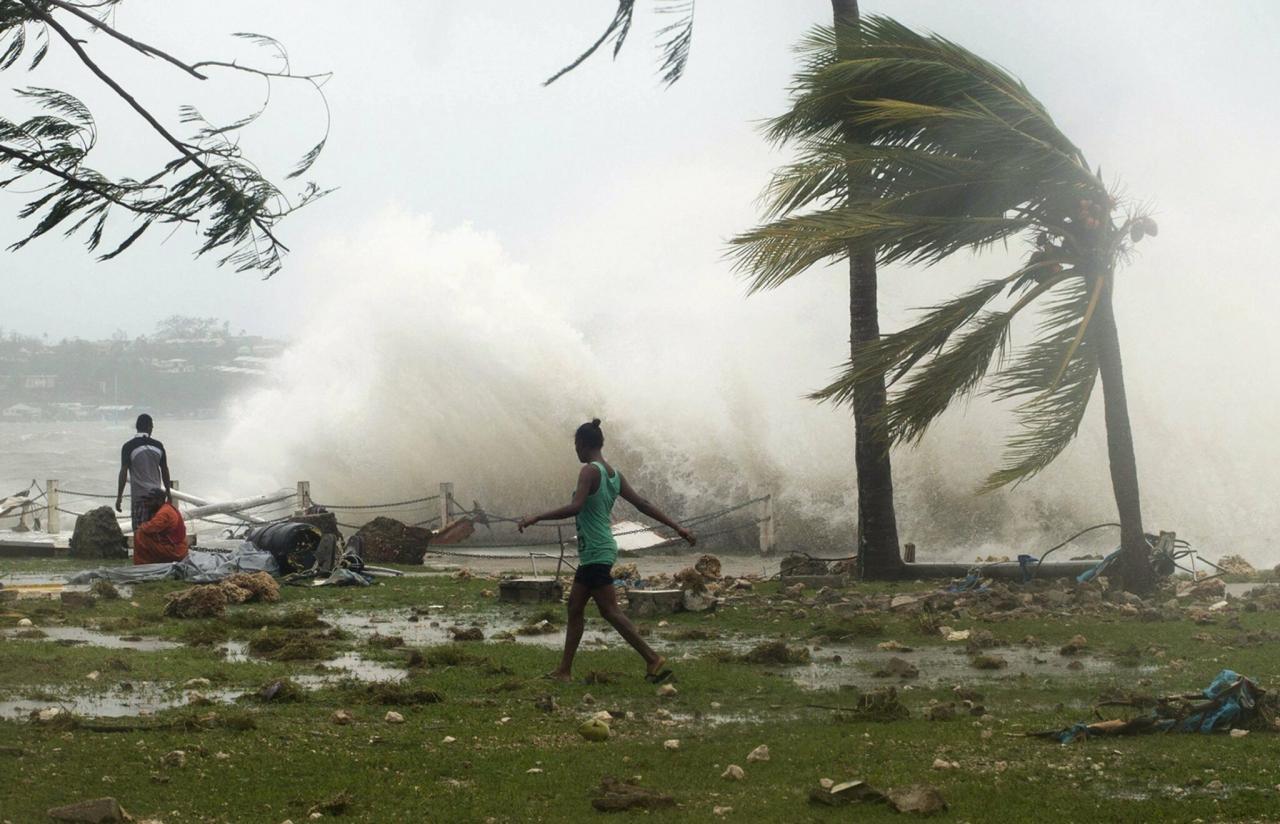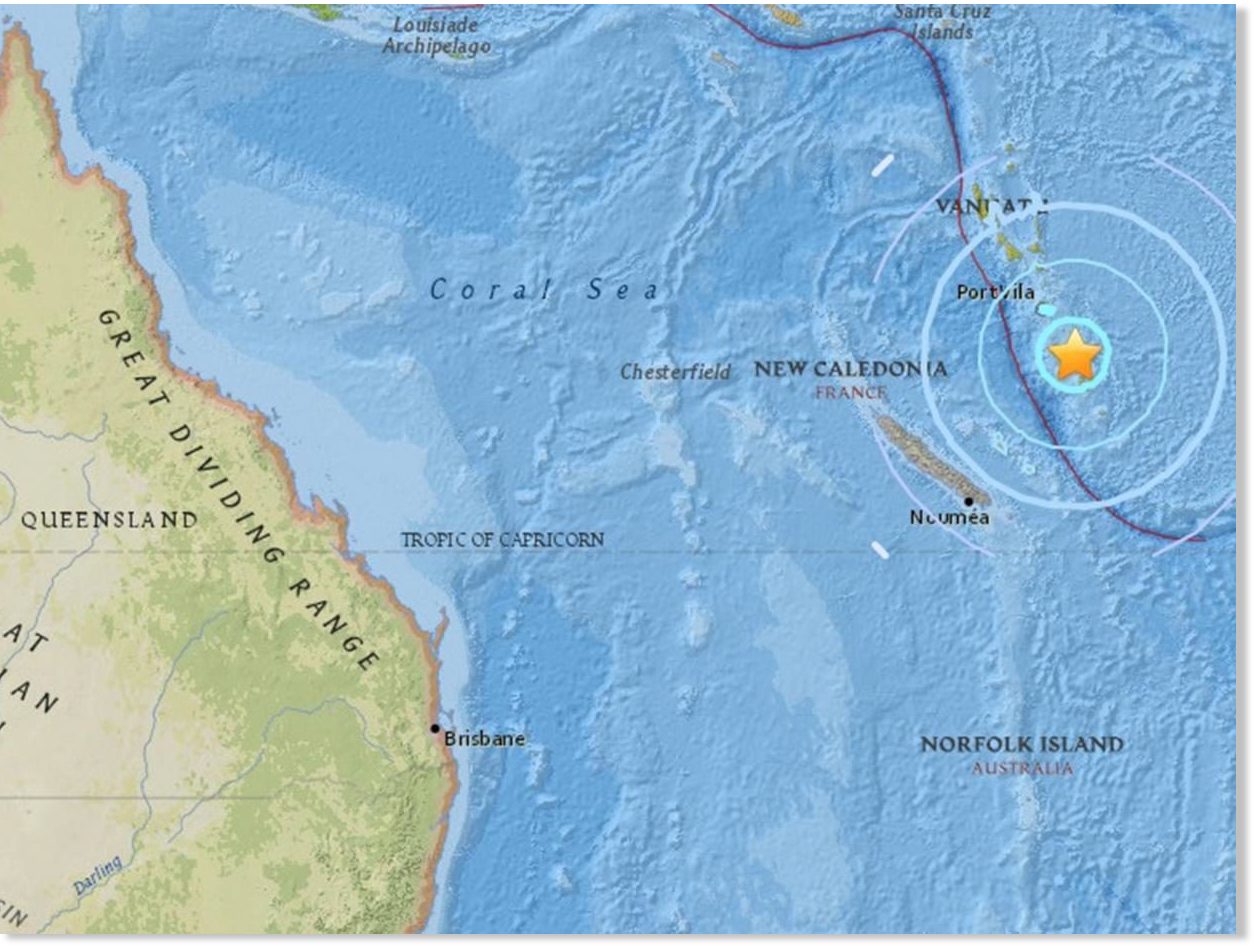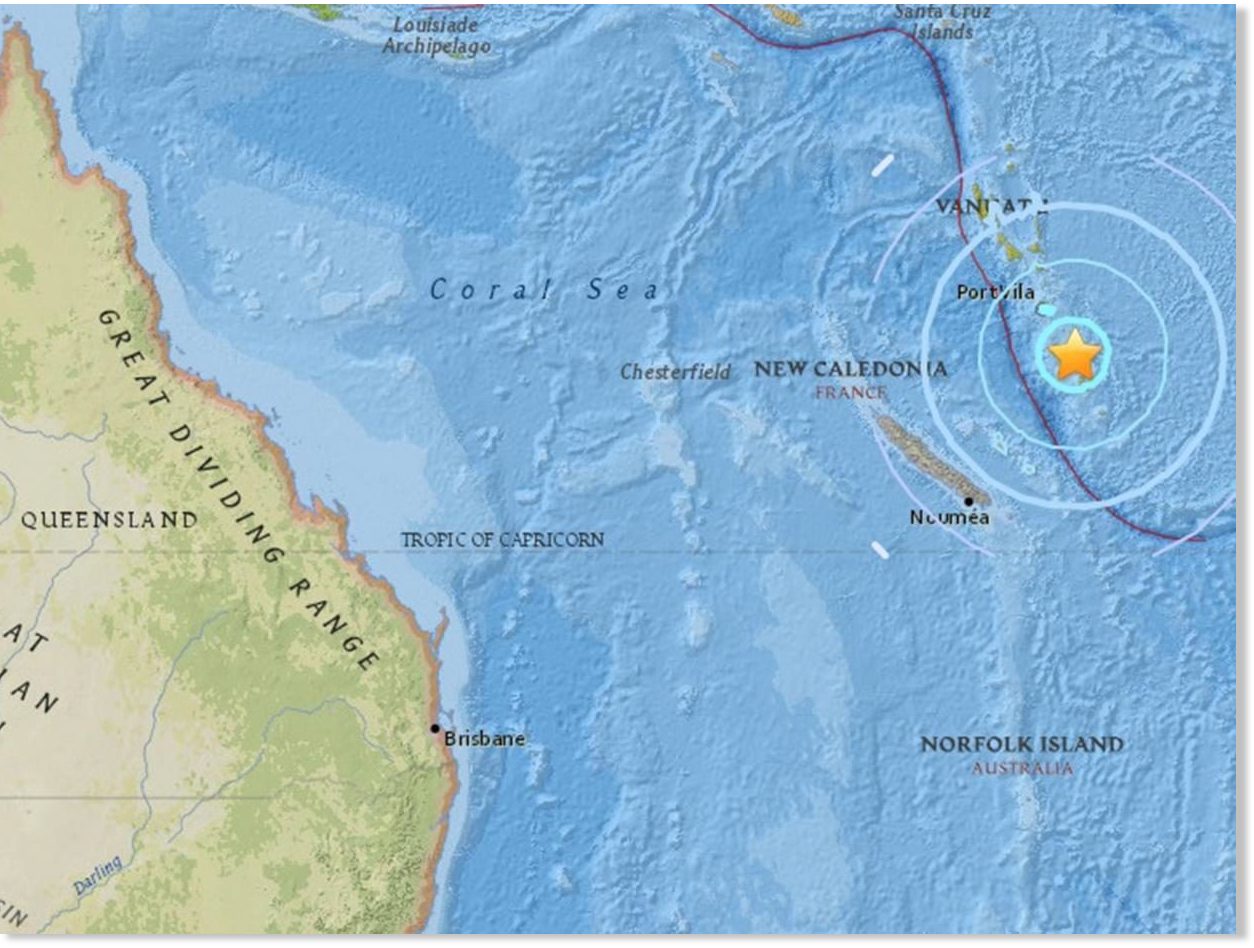Vanuatu hit by another earthquake as hundreds of Australians return home, highlighting the ongoing challenges faced by the island nation. This recent seismic event follows a pattern of significant earthquakes in the region, raising concerns about the long-term impact on Vanuatu’s infrastructure, economy, and its people. The repatriation of Australian citizens, while a significant logistical undertaking, also underscores the international community’s role in disaster response and the interconnectedness of the Pacific region.
The earthquake’s immediate effects are already evident in damaged buildings and disrupted essential services. However, the potential long-term consequences, including economic instability and societal disruption, remain a significant concern. The scale of this event, compared to previous earthquakes in Vanuatu, necessitates a comprehensive assessment of its impact and the development of robust recovery strategies. The coordinated effort to return hundreds of Australians to their homeland provides a compelling case study in international disaster relief and the complexities of evacuating citizens from a remote and affected region.
Vanuatu Earthquake Impact and Australian Repatriation: Vanuatu Hit By Another Earthquake As Hundreds Of Australians Return

A recent earthquake struck Vanuatu, prompting the return of hundreds of Australians. This event necessitates a comprehensive assessment of its impact, encompassing infrastructure damage, economic consequences, the repatriation process, geopolitical ramifications, public safety measures, environmental concerns, and strategies for economic recovery.
Earthquake Impact Assessment
The earthquake caused significant damage to Vanuatu’s infrastructure. Buildings, particularly older structures, suffered varying degrees of damage, from cracks to complete collapses. Roads and bridges sustained damage, disrupting transportation networks and hindering access to affected areas. Utility services, including electricity and water, were severely impacted, leading to widespread disruptions. The long-term consequences are likely to include substantial economic losses due to damaged infrastructure, reduced tourism, and disruptions to agricultural production.
This earthquake, while significant, is unfortunately not unprecedented for Vanuatu. The island nation is located within the Pacific Ring of Fire and experiences frequent seismic activity. Comparing this event to past earthquakes requires a detailed analysis of the magnitude, location, and resulting damage, which would need to be drawn from official reports and geological data.
News reports detail Vanuatu’s recent earthquake, adding to the challenges faced as hundreds of Australians return home. Amidst this, it’s perhaps a testament to human resilience that lighter news, like this article about a blind date, Blind date: ‘He looked like a cross between Andrew Garfield and my , is still making headlines. The contrast highlights the spectrum of human experience, even during times of natural disaster.
The ongoing situation in Vanuatu remains a serious concern.
| Damage Category | Severity Level (Low, Moderate, High) | Specific Examples | Estimated Affected Area |
|---|---|---|---|
| Buildings | High (in some areas) | Collapses, significant structural damage, widespread cracking | [Data Needed – Specific area affected needs further investigation] |
| Roads & Bridges | Moderate to High | Road closures, bridge damage requiring repairs, landslides blocking routes | [Data Needed – Specific area affected needs further investigation] |
| Utilities (Water, Electricity) | High | Widespread outages, damage to power plants and water treatment facilities | [Data Needed – Specific area affected needs further investigation] |
Australian Evacuation and Repatriation
The repatriation of hundreds of Australians involved a complex logistical operation. This included coordinating flights, providing accommodation, and offering consular assistance. Support for Australian citizens included emergency medical care, temporary shelter, and information updates. Challenges encountered likely involved coordinating with local authorities, managing the large number of evacuees, and ensuring the safety and well-being of all Australians during the process.
- Assessment of the situation and risk to Australian citizens.
- Coordination with Vanuatu authorities and other international partners.
- Chartering flights and arranging transportation to designated airports.
- Providing temporary accommodation and essential supplies.
- Offering consular assistance and support services.
- Monitoring the situation and providing updates to citizens.
Geopolitical Implications
The earthquake’s impact on Vanuatu’s international relations is likely to be significant. The disaster will increase reliance on international aid and cooperation. International aid organizations played a crucial role in providing immediate relief, such as search and rescue operations, medical supplies, and emergency shelter. The responses of different countries may vary depending on their existing relationships with Vanuatu and their disaster relief capabilities.
Some countries may offer immediate financial aid, while others may send specialized teams or equipment.
| Country | Type of Aid | Amount/Details |
|---|---|---|
| Australia | Financial aid, emergency supplies, personnel | [Data Needed – Specific amounts and details of aid require further research] |
| New Zealand | [Data Needed – Type and amount of aid require further research] | [Data Needed – Specific amounts and details of aid require further research] |
| Other Countries | [Data Needed – List other countries and their aid contributions] | [Data Needed – Specific amounts and details of aid require further research] |
Public Safety and Response

The effectiveness of Vanuatu’s disaster preparedness and response mechanisms will be evaluated based on its ability to manage the immediate crisis and initiate long-term recovery efforts. Public safety measures implemented likely included establishing evacuation centers, distributing emergency supplies, and enforcing safety regulations in affected areas. Local communities played a vital role in providing immediate support to their members and assisting in relief efforts.
Community-led initiatives might include organizing food distribution networks, providing shelter, and participating in search and rescue operations.
Environmental Consequences

The earthquake may have triggered landslides and potentially a tsunami, depending on its magnitude and location. Long-term environmental impacts could include soil erosion, habitat destruction, and contamination of water sources. A visual representation might depict a coastal area with damaged infrastructure, landslides visible on hillsides, and possibly a receding ocean line indicating a minor tsunami. The image would show cracked earth, debris scattered across the landscape, and damaged vegetation, highlighting the extent of the environmental disruption.
Economic Recovery and Reconstruction, Vanuatu hit by another earthquake as hundreds of Australians return
Vanuatu’s economic recovery will depend on a multi-pronged approach. Strategies might involve securing international aid, rebuilding infrastructure, and diversifying the economy. The earthquake’s impact on tourism, a major sector for Vanuatu, will require targeted strategies to restore confidence and attract visitors. Learning from successful post-disaster recovery efforts in other countries, such as the use of innovative construction techniques and investments in resilient infrastructure, will be crucial.
- Secure international aid and loans for reconstruction.
- Prioritize the rebuilding of essential infrastructure.
- Implement measures to support affected businesses and industries.
- Invest in resilient infrastructure to withstand future disasters.
- Promote sustainable tourism practices.
- Diversify the economy to reduce dependence on vulnerable sectors.
The earthquake in Vanuatu serves as a stark reminder of the vulnerability of island nations to natural disasters. The successful repatriation of Australian citizens demonstrates the importance of international cooperation in disaster relief. However, the long-term recovery and rebuilding process will require sustained support from the international community and a comprehensive strategy to address the economic, social, and environmental consequences.
The resilience of the Vanuatu people, coupled with effective international aid, will be crucial in navigating the challenges ahead and ensuring a sustainable future for this beautiful island nation.
Popular Questions
What is the magnitude of the earthquake?
News reports detail Vanuatu’s struggle following another earthquake, with hundreds of Australians returning home. It’s a stark contrast to the headlines about celebrity woes, like the apparent unhappiness displayed by Tommy Fury at his brother’s fight, as seen in this report: Tommy Fury looks miserable at Tyson Fury fight following Molly-Mae. Meanwhile, the recovery efforts in Vanuatu continue, highlighting the disparity between global events and personal struggles.
The provided Artikel doesn’t specify the magnitude; further research is needed.
Were there any tsunami warnings issued?
The Artikel does not detail tsunami warnings; additional information is required.
What type of aid are other countries providing?
The Artikel mentions international aid but lacks specifics; further investigation is needed to identify the type and amount of aid provided by different countries.
What long-term recovery plans are in place for Vanuatu?
The Artikel mentions long-term recovery but lacks specifics. Details would require further research into Vanuatu’s post-disaster recovery plans.
